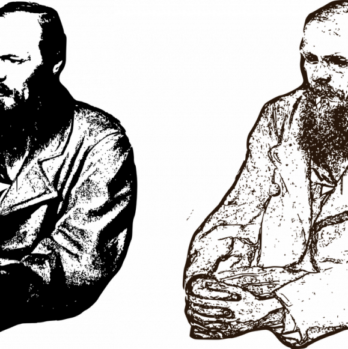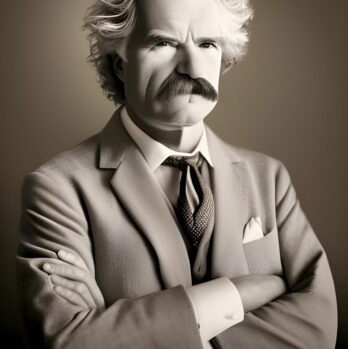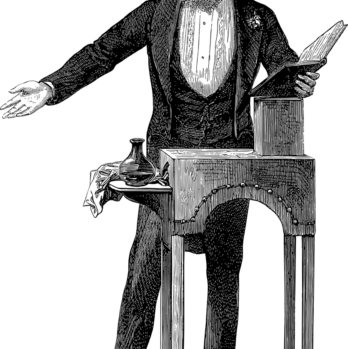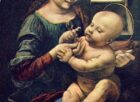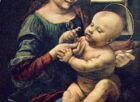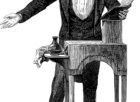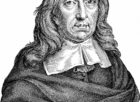Edgar Allan Poe: The Raven – A Masterpiece of Gothic Literature
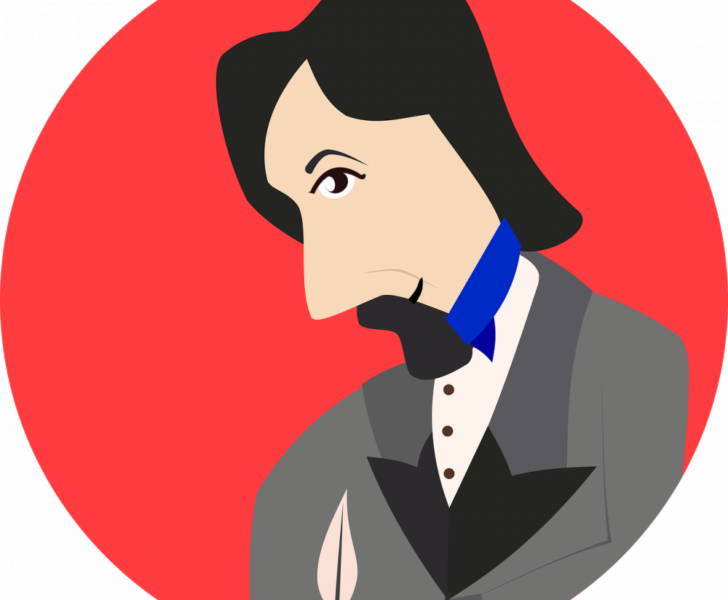
Introduction:
If you have an inclination towards dark, mysterious, and macabre literature, you have likely heard of “The Raven” by Edgar Allan Poe. This haunting poem, first published in 1845, has captivated readers for centuries with its lyrical style, enigmatic narrative, and profound exploration of human emotions. In this article, we delve into the depths of “The Raven,” exploring its significance, historical development, and enduring appeal.
1. Understanding “The Raven”:
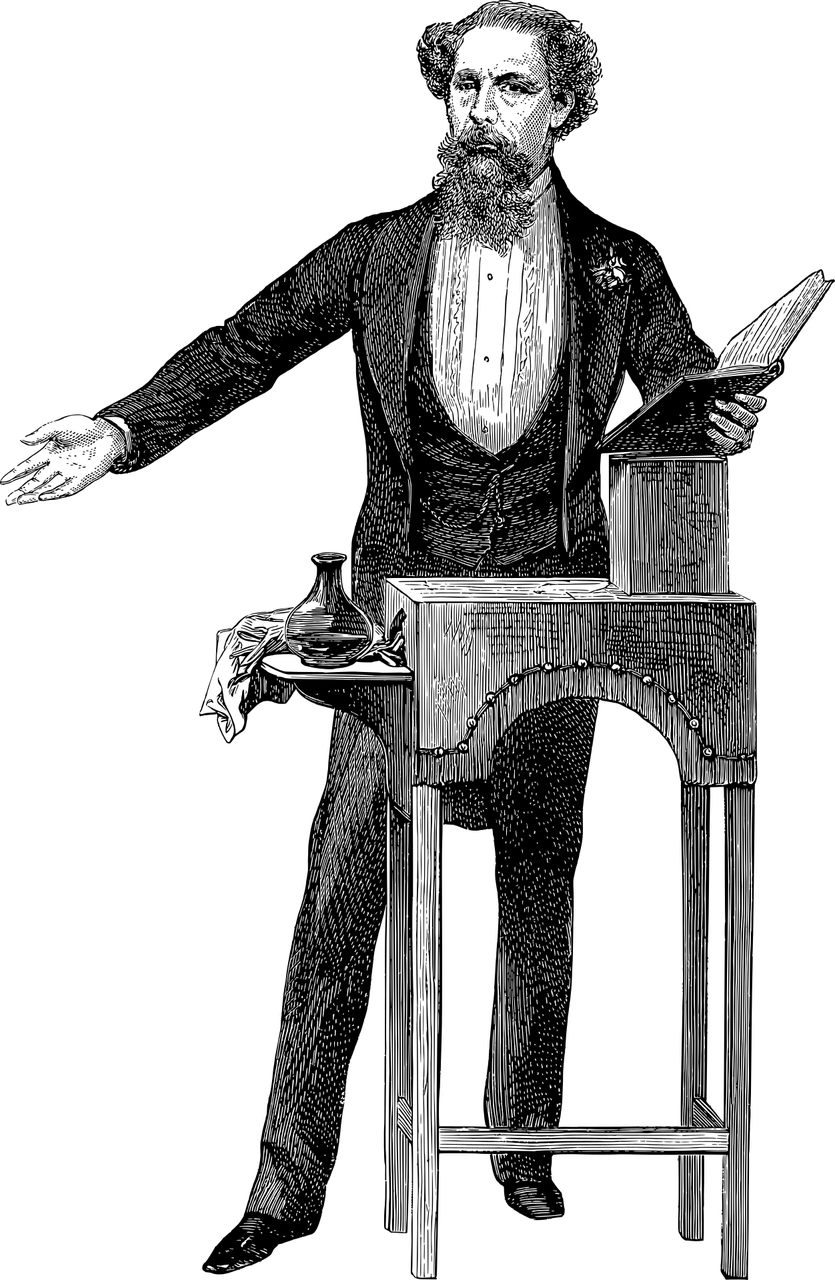
“The Raven” is a narrative poem that tells the story of a grief-stricken, unnamed narrator who is visited by a talking raven one night. The poem unfolds through a series of questions and answers between the narrator and the raven, representing the protagonist’s descent into madness and his futile attempt to find solace from his sorrow.
Key Points:
– The use of symbolism: Throughout the poem, Poe employs rich symbolism to convey themes of loss, grief, and the human psyche. The raven, with its ominous presence and repetitive utterance of “nevermore,” symbolizes the narrator’s perpetual sorrow and the haunting presence of death.
– The musicality of language: Poe’s mastery lies in his ability to create a musical rhythm and cadence within the poem, drawing readers into its melancholic atmosphere. The careful placement of rhymes and alliteration adds to the poem’s haunting beauty and lyrical appeal.
– Psychological exploration: “The Raven” delves deep into the human psyche, exploring themes of madness, obsession, and the boundaries of reality. The narrator’s descent into madness and his futile attempts to communicate with the raven highlight Poe’s fascination with the darker aspects of the human mind.
2. Historical Development of “The Raven”:
“The Raven” was an instant success when it was first published in 1845, catapulting Poe to literary fame. Its unconventional style and dark themes resonated with readers, establishing it as one of Poe’s most celebrated works. Over time, the poem’s impact has only grown stronger, and it continues to be a revered piece of Gothic literature.
Key Points:
– Initial reception: Upon its publication, “The Raven” received widespread acclaim from critics and readers alike. Its unique blend of dark romanticism, vivid imagery, and macabre atmosphere made it an instant classic. Many praised its ability to evoke deep emotions and provoke introspection.
– Influence on literature: “The Raven” revolutionized the genre of Gothic literature, inspiring countless writers to explore themes of death, loss, and the power of the mind. Its impact is evident in both contemporary and subsequent works, with authors such as H.P. Lovecraft and Stephen King paying homage to Poe’s masterpiece.
– Popularity in popular culture: “The Raven” has permeated popular culture, with references and adaptations appearing in various forms of media. From films to music to visual art, the poem’s dark allure continues to captivate artists and performers, truly solidifying its status as an iconic piece of literature.
Conclusion:
Edgar Allan Poe’s “The Raven” remains an essential piece of literature that continues to enthrall readers with its evocative language, profound themes, and haunting atmosphere. Its historical significance, enduring popularity, and profound exploration of human emotions make it a timeless masterpiece. As we delve into the depths of its verses, we uncover not only the darkness that lies within us all but also the power of literature to illuminate our deepest fears and desires.
Sources:
– Poe, Edgar Allan. “The Raven.” 1845.
– Bloom, Harold. “The Visionary Company: A Reading of English Romantic Poetry.” Cornell University Press, 1971.
